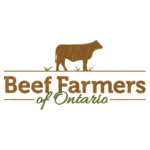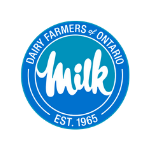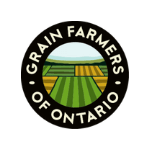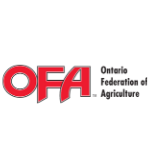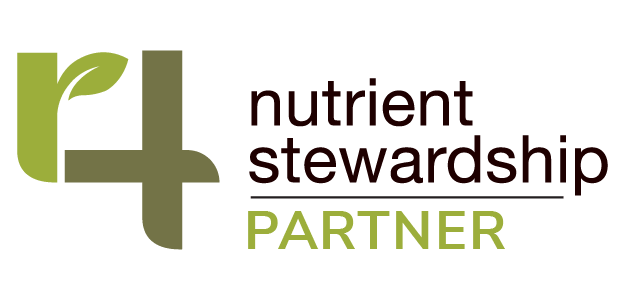Livestock farmers know manure is a critical part of their integrated farming system but with high fertilizer prices, now, more than ever, we need to look at ways to maximize the benefits of manure and minimize environmental concerns through new and efficient manure storage, handling and application methods.
We invite you to watch all three videos in the Manure Innovation series where we investigate how to get the best out of current systems, explore innovative new technologies to increase our dollar return, lower costs and potentially reduce greenhouse gas production.

WHEN IT COMES TO NUTRIENT APPLICATION, THE TIMING MATTERS.
- Manure is an excellent source of organic matter and is rich in N, P and K and micronutrients(Ca, Mg, S, and Mnbr)
- There is value in soil testing and following an agronomic plan
- Farmers have a responsibility to minimize losses of nutrients from their farms
- There are practical alternatives to spreading nutrients in the winter
- There are economic benefits to proper manure stewardship - nutrients lost = money lost
KEEP UP WITH THE LATEST
-
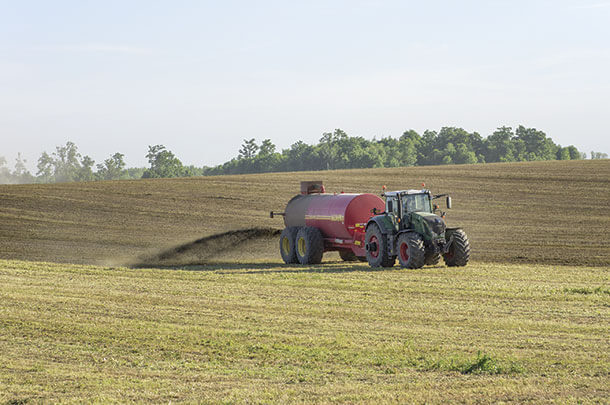
New tools can simplify crop and nutrient management
Milk Producer, December 2020
Read the full story
Lilian Schaer -
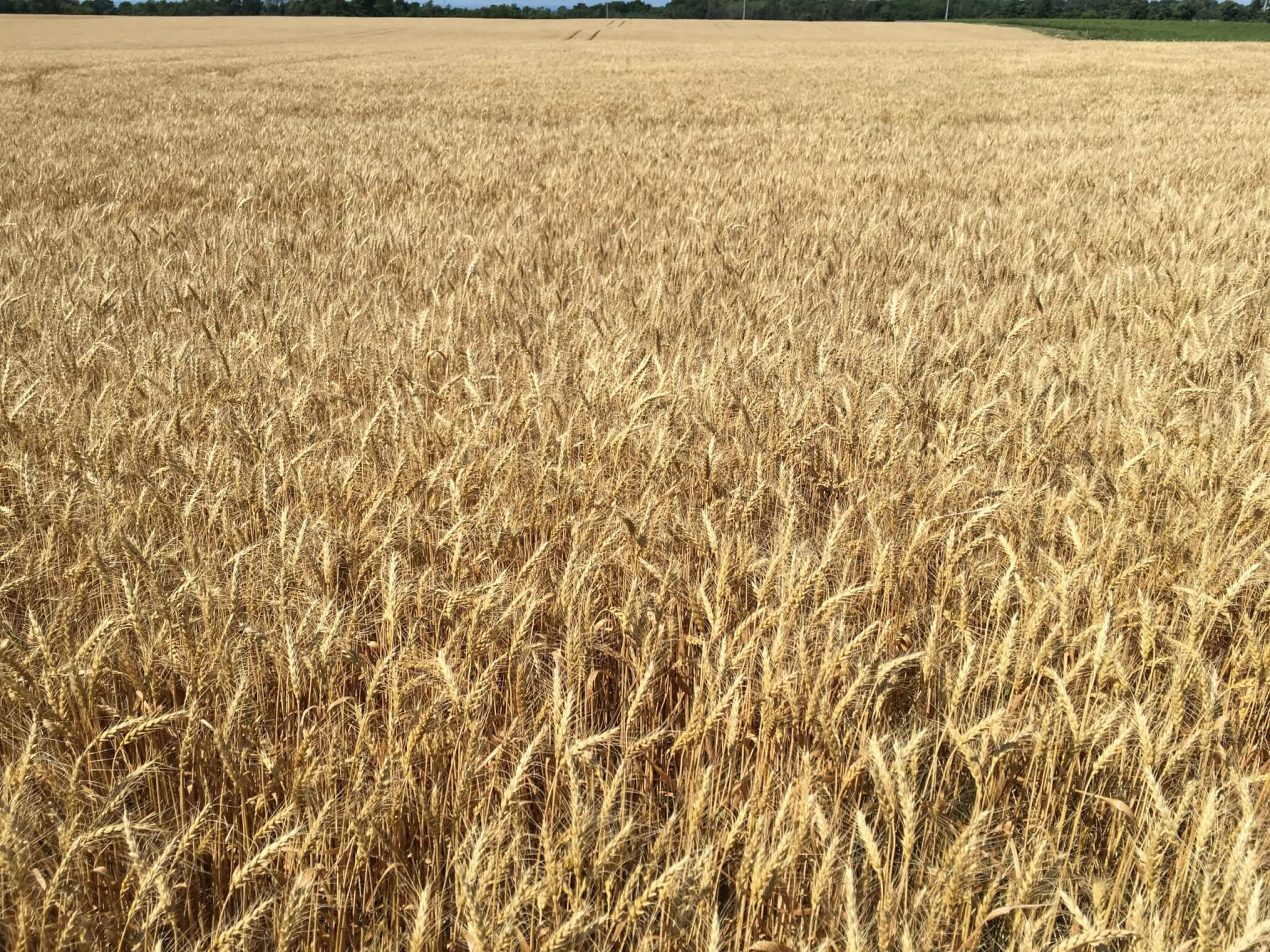
Increasing manure management flexibility with wheat
Wheat also opens new avenues of weed control, particularly for problem weeds like sow thistle, dandelion, fleabane or quackgrass
Read the full story
Ontario Dairy Farmer, September 2020
Lilian Schaer -
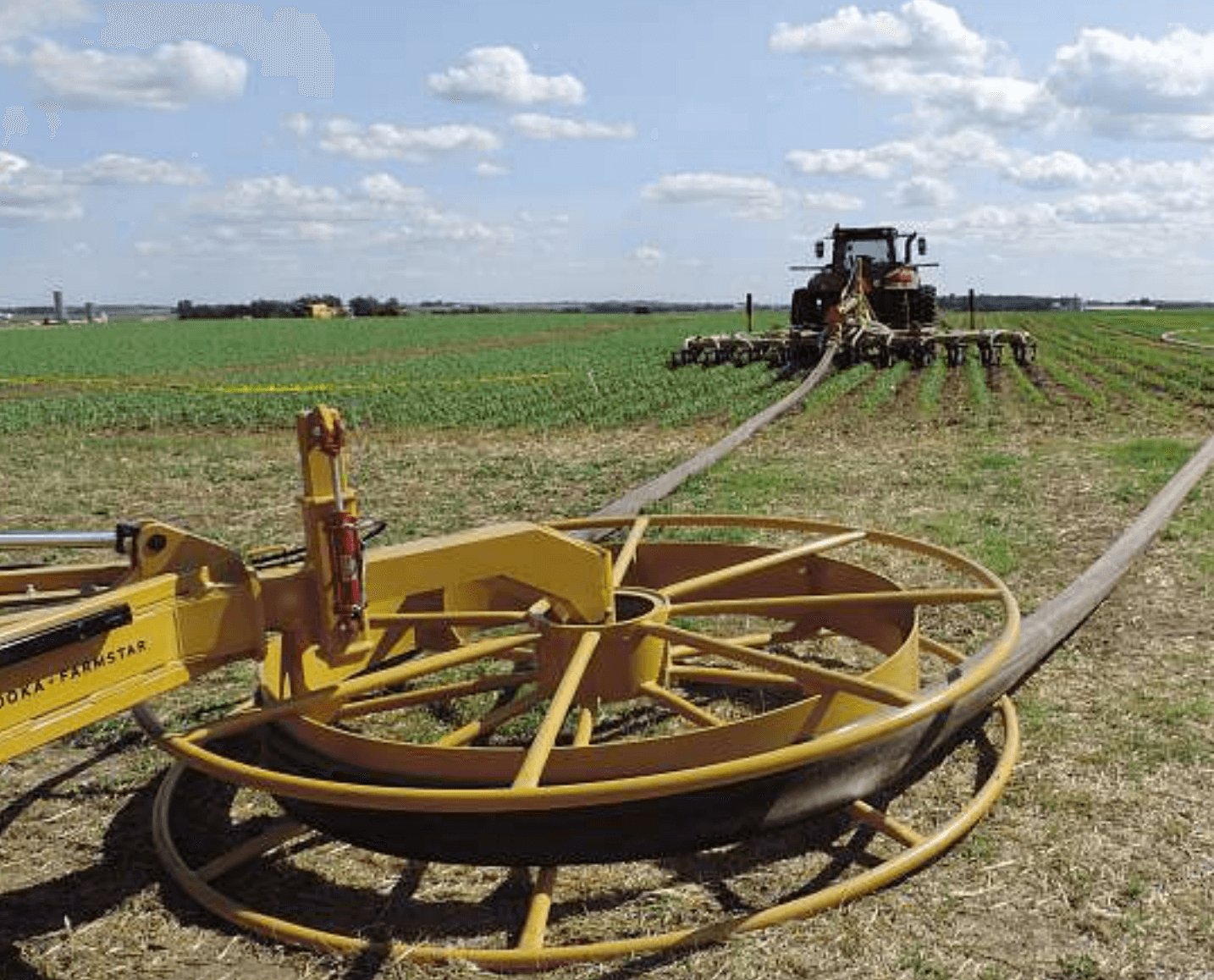
Applying manure after corn planting
Fears of crop damage are largely unfounded
Read the full story
Ontario Hog Farmer, August 2020
Lilian Schaer -

Manure on forage
A project looking at manure on forages on eight sites over four cuts found a yield boost of more than 12 per cent when manure was spread on alfalfa
Read the full story
Ontario Dairy Farmer, July 2020
Lilian Schaer -
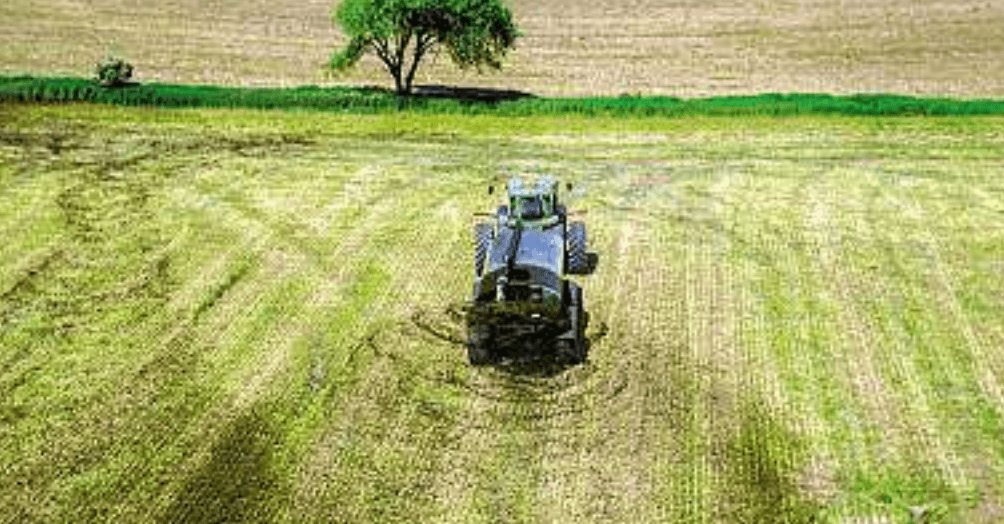
Free registry connects farmers to buy and sell manure
The maximum value is in farms up to eight or nine kilometers apart
Read the full story"
Ontario Dairy Farmer, May 2020
Lilian Schaer -
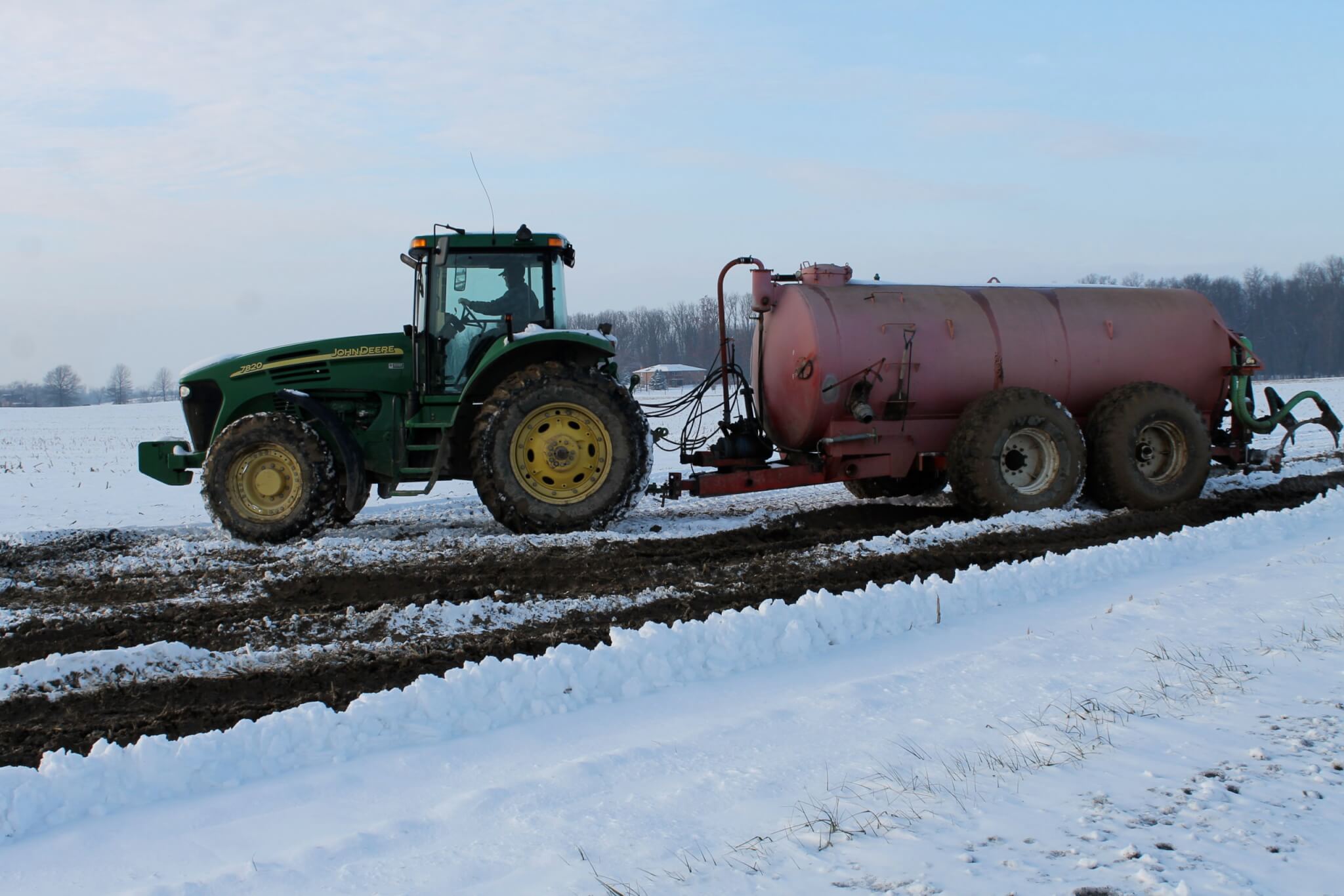
The price of winter manure
Studies are showing there is too much risk of soil compaction
Read the full story
Ontario Dairy Farmer, April 2020
Lilian Schaer -
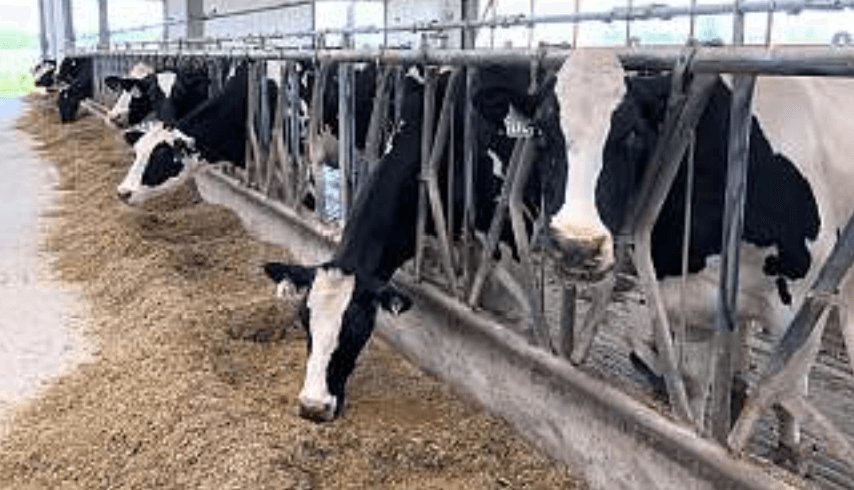
Early dry-off can help manage market unpredictability
longer dry periods reduce production while maintaining future production capacity
Read the full story
Ontario Dairy Farmer, July 2020
Lilian Schaer
THE LATEST RESEARCH
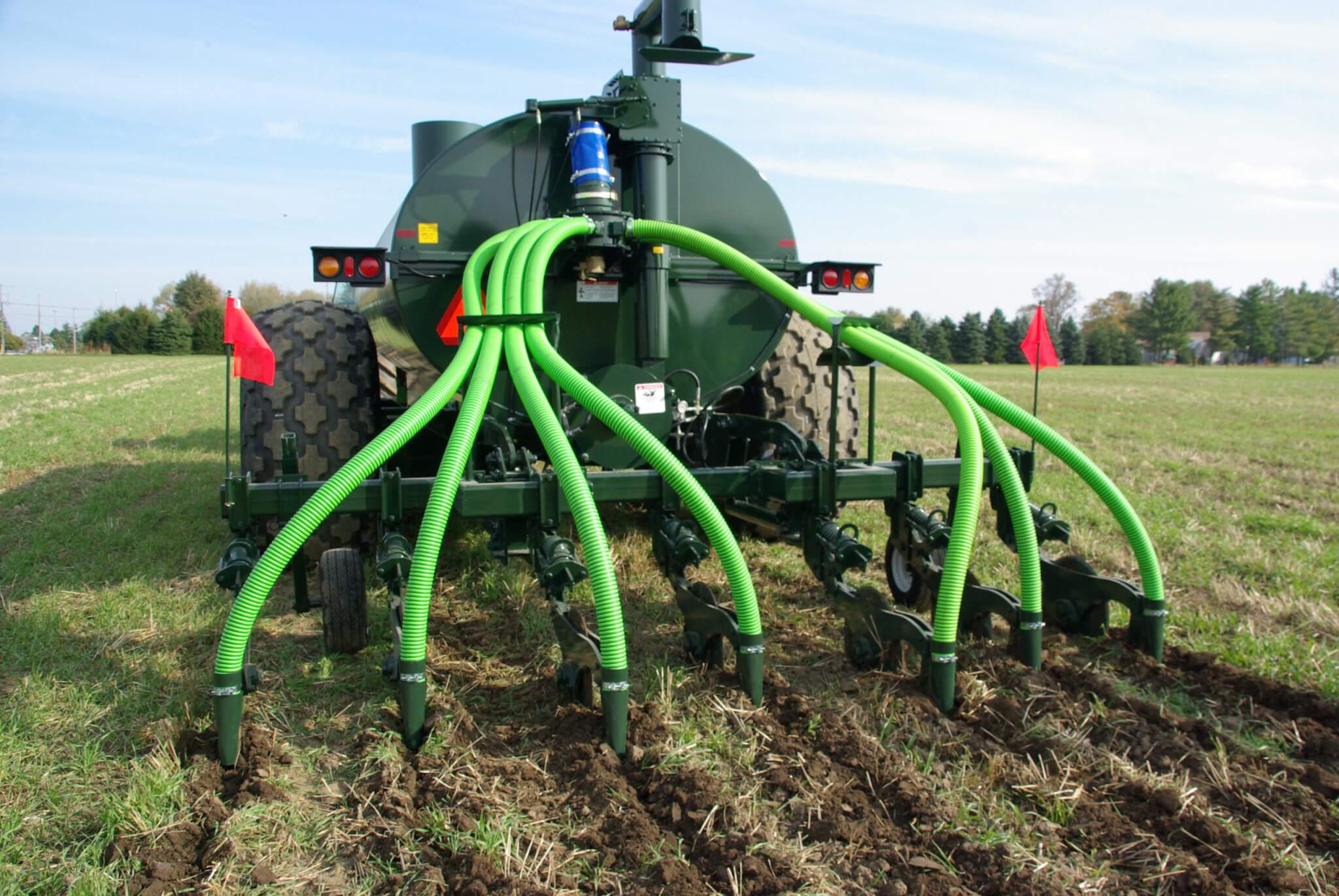
Winter Application of Manure and Other Agricultural Source Materials
Discovery Farms, University of Wisconsin
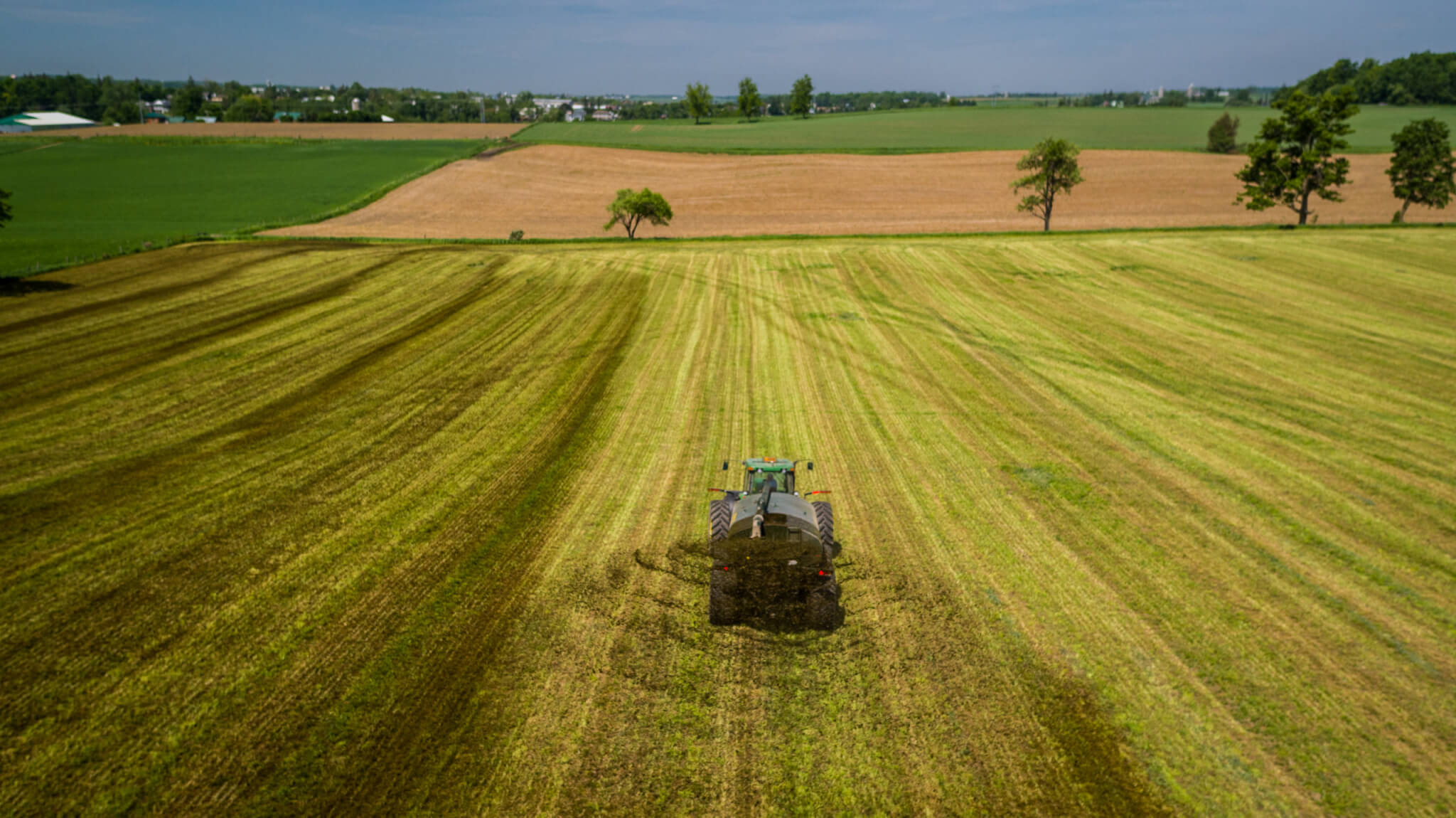
Winter Application of Manure and Other Agricultural Source Materials
J.Laporte, OMAFRA
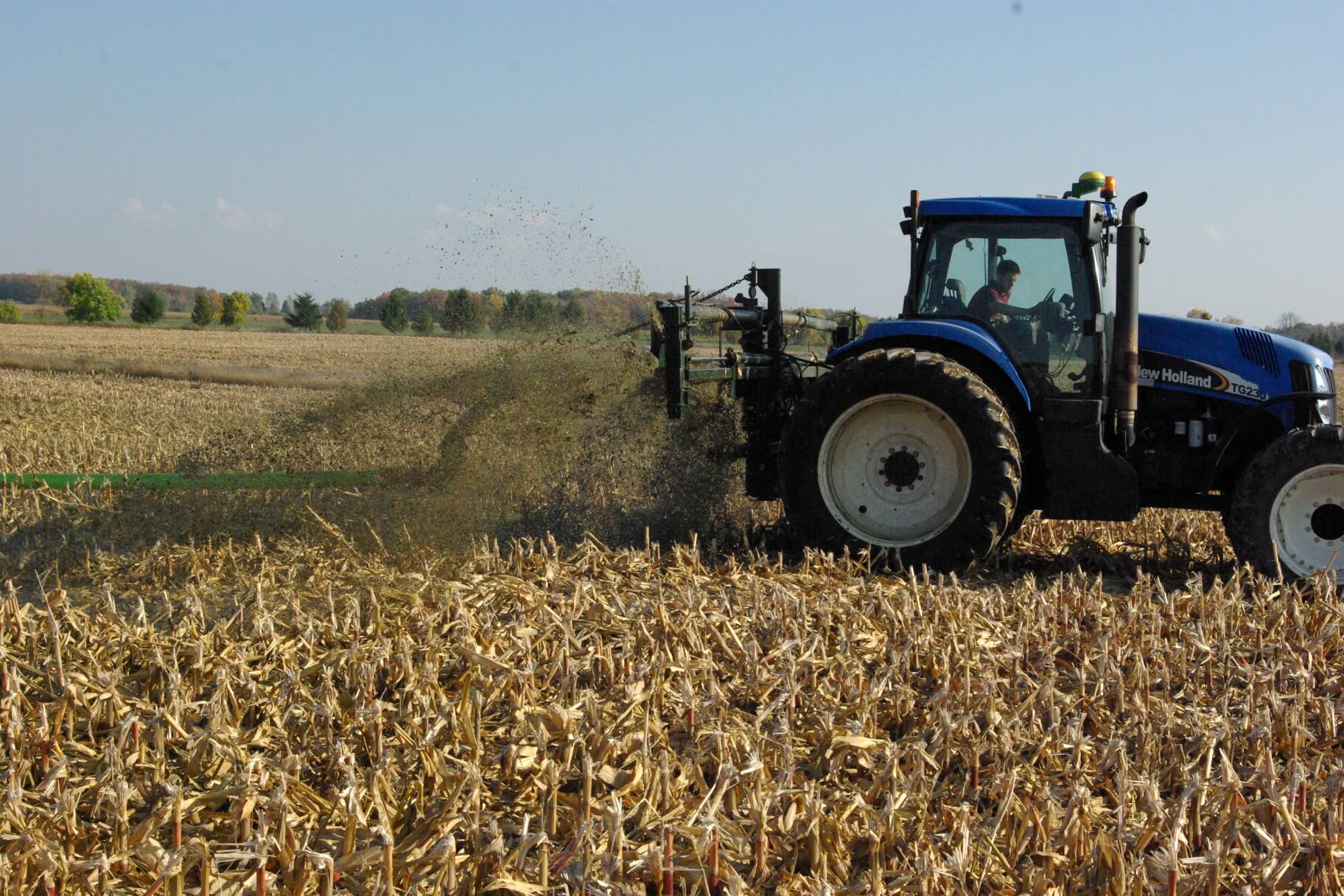
Winter Manure Application: Research Needs and Future Direction
S. Safferman, Michigan State University
Build more manure storage capacity
Cover manure storage to prevent the accumulation of precipitation and increase the effective capacity
Diversify crop rotation to increase application windows and allow for manure application in growing crops
Use new or modified manure application equipment that allows application in growing crops
Consider in-field storage for solid manure in a low-risk location over the winter
Share or sell manure to neighbours through a manure exchange
4R Nutrient Management Plans
Fertilizer is an important input for farmers providing nutrients to plants that are not readily available in the soil, helping farmers to foster plant growth and increase yields. 4R Nutrient Stewardship (Right Source @ Right Rate, Right Time, Right Place ®) lets the world know when food has been sustainably grown. 4R Nutrient Stewardship balances farmer, industry, and government goals to improve on-farm economics, crop productivity and fertilizer efficiency while benefiting the environment.
-
Continue Reading
It is important to consider all nutrients sources applied to ensure crop nutrient requirements are met while optimizing plant nutrient uptake and reducing nutrient loss. The application of manure should be considered when developing a 4R Nutrient Management plan to cooperatively provide a crop with the Right Source and Right Rate of nutrients at the Right Time and in the Right Place.
Ontario has been a leader in nutrient management planning for crop production. The province has embraced 4R Nutrient Stewardship a valuable tool for meeting the province’s agricultural and environmental goals. 4R Nutrient Stewardship is a recognized part of the Ontario Government’s strategy to reduce nutrient runoff. The Ontario agriculture industry has proactively developed an industry-led 4R Certification program for agri-retailers which translates 4R Nutrient Stewardship into a set of auditable criteria.
Farmers know farming best. Make the most of your investment. Learn more about 4R Nutrient Stewardship at www.fertilizercanada.ca or connect with your local 4R Certified Agri Retailers or Certified crop advisor in your area for more information.
How to collect manure samples for nutrient analysis:
NEED HELP WITH YOUR NUTRIENT MANAGEMENT PLANNING? Find your local Nutrient Management Consultant
ABOUT TIMING MATTERS
Timing Matters is an Ontario initiative between farm organizations and the Ontario Ministry of Agriculture, Food and Rural Affairs to promote optimal timing of manure application throughout the year. The goal is to promote a better understanding of manure's value, manure storage options, application equipment and timing.
OUR PARTNERS
Timing Matters is supported by provincial and national farm organizations and commodity groups.
